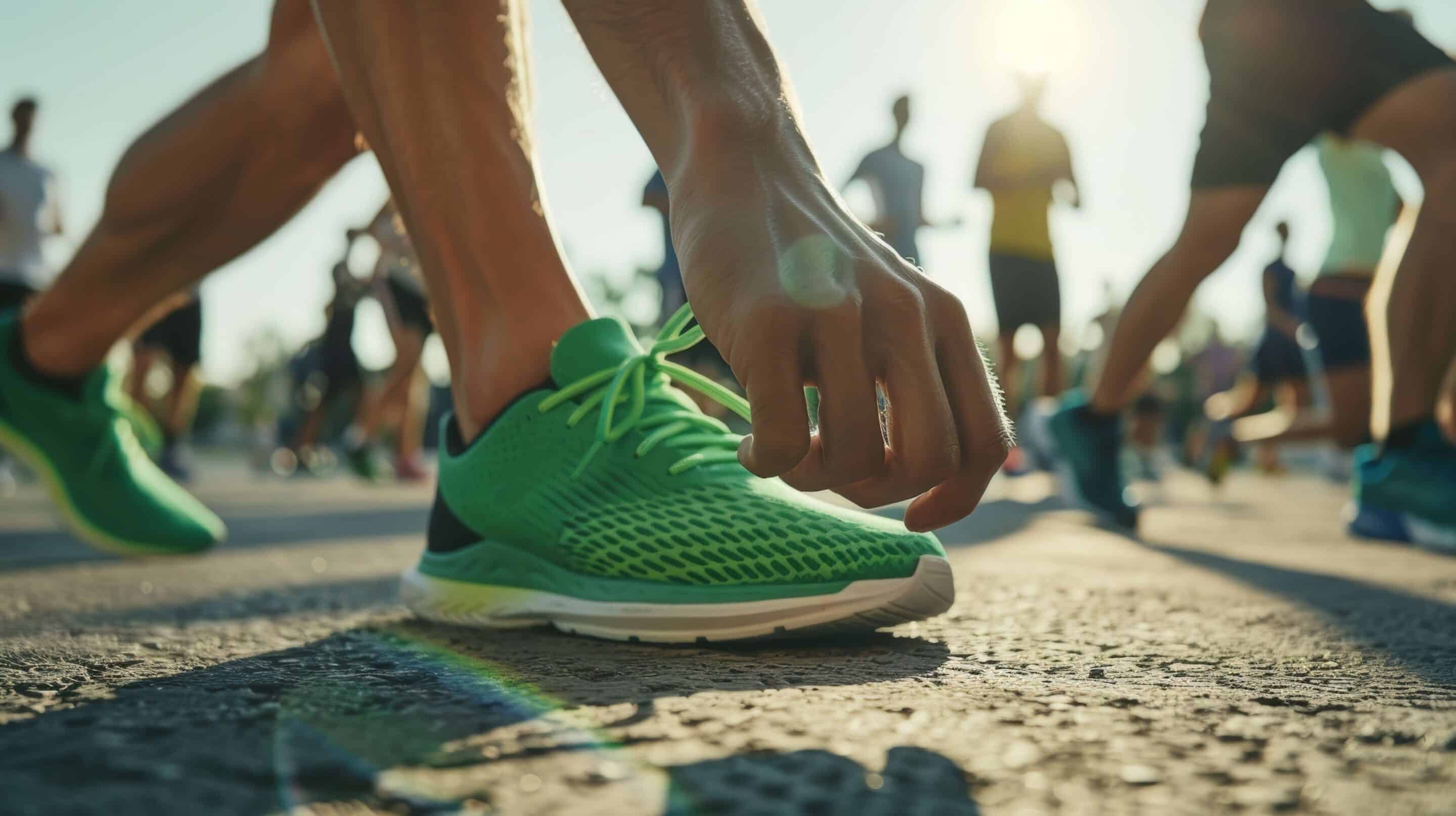Understanding Turf Toe: Causes, Prevention, and Care from Community Foot Clinic of McPherson
Turf toe is a common injury, yet it’s often misunderstood. Many people may think it only affects professional athletes, especially those in high-contact sports. However, you don’t need to play football—or any sport, for that matter—to be vulnerable to this painful condition.
For those who have experienced turf toe, you know how frustrating and limiting it can be. Fortunately, there are ways to reduce the risk of turf toe, even if you’ve suffered from it before.
What Exactly Is Turf Toe?
Turf toe refers to a sprain of the ligaments at the base of the big toe. While we often associate sprains with ankles, any joint can be sprained, and the big toe is especially susceptible. This condition typically causes pain, swelling, and limited movement in the joint.
In some cases, turf toe happens suddenly, such as when a toe gets hyperextended during a sudden stop or directional change. Other times, it develops over time from repetitive stress, especially in activities that strain the toe, like dancing or high-intensity sports.

Tips to Help Prevent Turf Toe
If you’ve experienced turf toe in the past, taking precautions during high-impact activities can help lower the risk of a repeat injury. However, even if you’re new to the condition, these tips are beneficial for anyone engaging in physical activities, particularly those involving turf sports, running, or movements that stress the toes.
1. Select Supportive Footwear
Choosing the right shoes is one of the most effective ways to protect against turf toe. Look for shoes that fit well, are designed for your chosen sport or activity, and provide good support and cushioning. For turf toe prevention, prioritize shoes with a stiffer sole that limits the range of motion in the toe box area. Avoid footwear that easily bends or twists near the front of the foot, as this increases the risk of hyperextension.
2. Consider Taping or Bracing
If you engage in activities that increase your turf toe risk or have had toe injuries in the past, taping or bracing your big toe can add extra support. There are reusable braces made specifically for turf toe that are convenient and easy to wear. Taping is also a good option, allowing for a snug and customized fit. We’d be happy to show you the proper way to tape your toe for maximum protection!
3. Wear Orthotic Inserts
Sometimes, the structure of your feet or your walking mechanics can put additional stress on your toes, increasing the chance of injury. Custom orthotic inserts provide enhanced support and can be designed to protect against toe hyperextension. Rigid or semi-rigid orthotics, in particular, may help stabilize the toe joint and reduce the risk of sprains.
4. Train Smartly
While you can’t always control where you play, being mindful of your training surfaces can reduce injury risk. Grass is easier on the feet than turf, while rubberized, carpeted, or wooden surfaces are gentler than concrete. Build rest days into your workout plan to give your toes time to recover and strengthen your core and leg muscles, which will improve your balance and reduce injury risk.
Also, don’t forget to exercise your toes! Strengthening exercises for your toes can help them withstand both traumatic and repetitive forces.
5. Don’t Ignore Toe Pain
A painful toe should never be brushed off. If your discomfort is significant or interfering with your daily life, it’s time to see a specialist. At Community Foot Clinic of McPherson, we offer effective treatments for managing and preventing turf toe so you can stay active without pain.
If you’re struggling with toe pain, our team is here to help. Call us at (620) 241-3313 or request an appointment online today!
McPherson Office
316 W. 4th Street
McPherson, KS 67460
P: (620) 241-3313
F: (620) 241-6967
© Community Foot Clinic of McPherson. All Rights Reserved.
Privacy Policy | Terms & Conditions
Web Design by CP Solutions
Marketed by VMD Services
